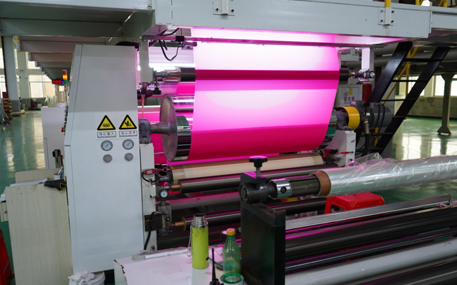1. Features of PET Protective Film
High temperature resistance: PET (polyethylene terephthalate) has good heat resistance, making it suitable for the drying or curing process required in screen printing.
Smooth surface: The flat surface allows ink to adhere evenly and produce sharp patterns.
High transparency: Even after printing, PET film maintains excellent light transmission, which is ideal for protective films that should not affect display clarity.
2. Screen Printing Feasibility
Before printing, PET protective film usually requires surface treatment (such as corona or coating treatment) to enhance ink adhesion. Without this, the ink may peel or have poor durability.
Compatible inks: Commonly used inks include UV ink, solvent-based ink, and two-component ink, ensuring strong adhesion and vibrant colors.
Film thickness: PET film is typically 25μm–250μm thick. Thin films may wrinkle or deform during printing, so proper screen tension and technique are essential.
3. Common Applications
Electronics: Functional graphics and marks on mobile phone or tablet protective films.
Industrial labels: Durable nameplates and equipment tags with scratch resistance.
Control panels: Decorative and functional graphics on household appliances and instruments.
Advertising & decoration: Transparent or semi-transparent display films.
4. Key Considerations
Clean surface: Ensure the film is dust- and oil-free before printing.
Temperature control: Avoid overheating during curing, which could cause PET film deformation.
Protective layer check: Some PET films have release or protective coatings—confirm compatibility with screen printing.
Post-print testing: Conduct adhesion, abrasion, and chemical resistance tests to guarantee long-term durability.
✅ Conclusion: PET protective film is highly suitable for screen printing. With the right surface treatment, ink system, and process control, it delivers clear patterns, strong adhesion, and excellent durability—making it ideal for electronics, labeling, and decorative applications.



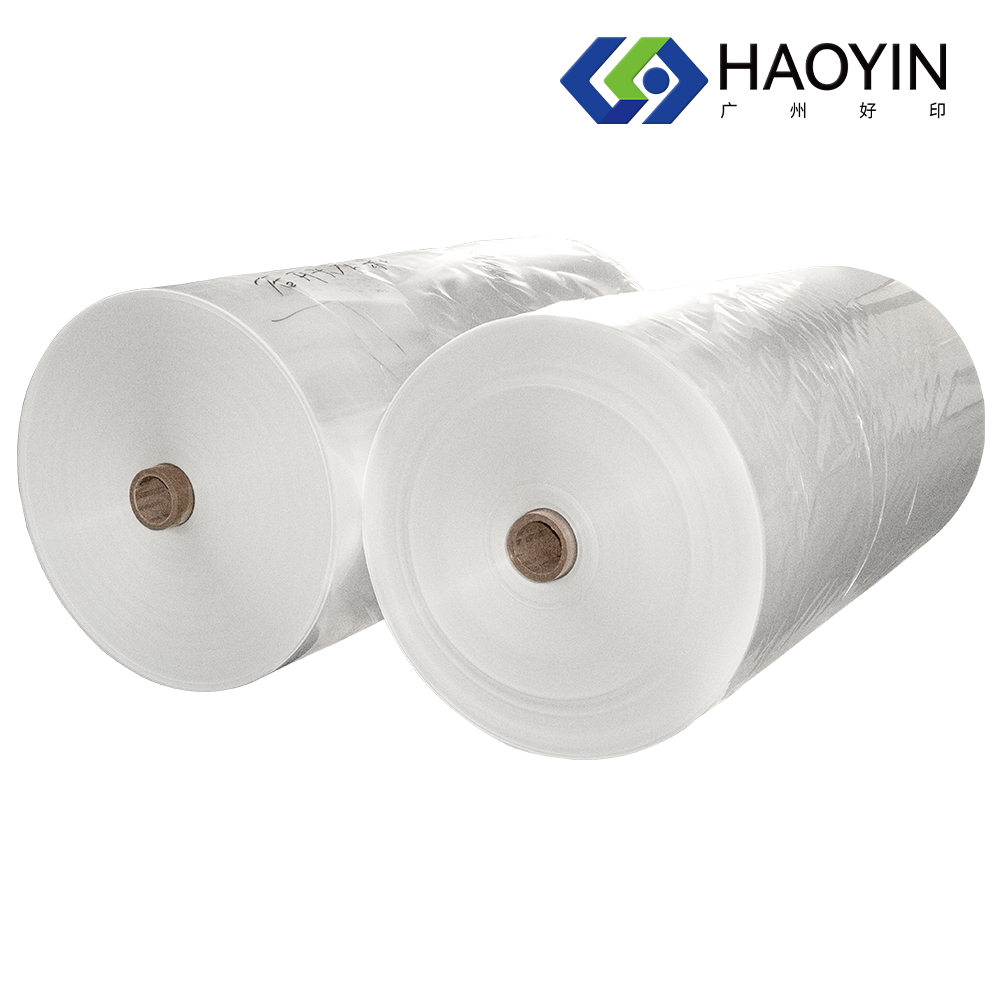
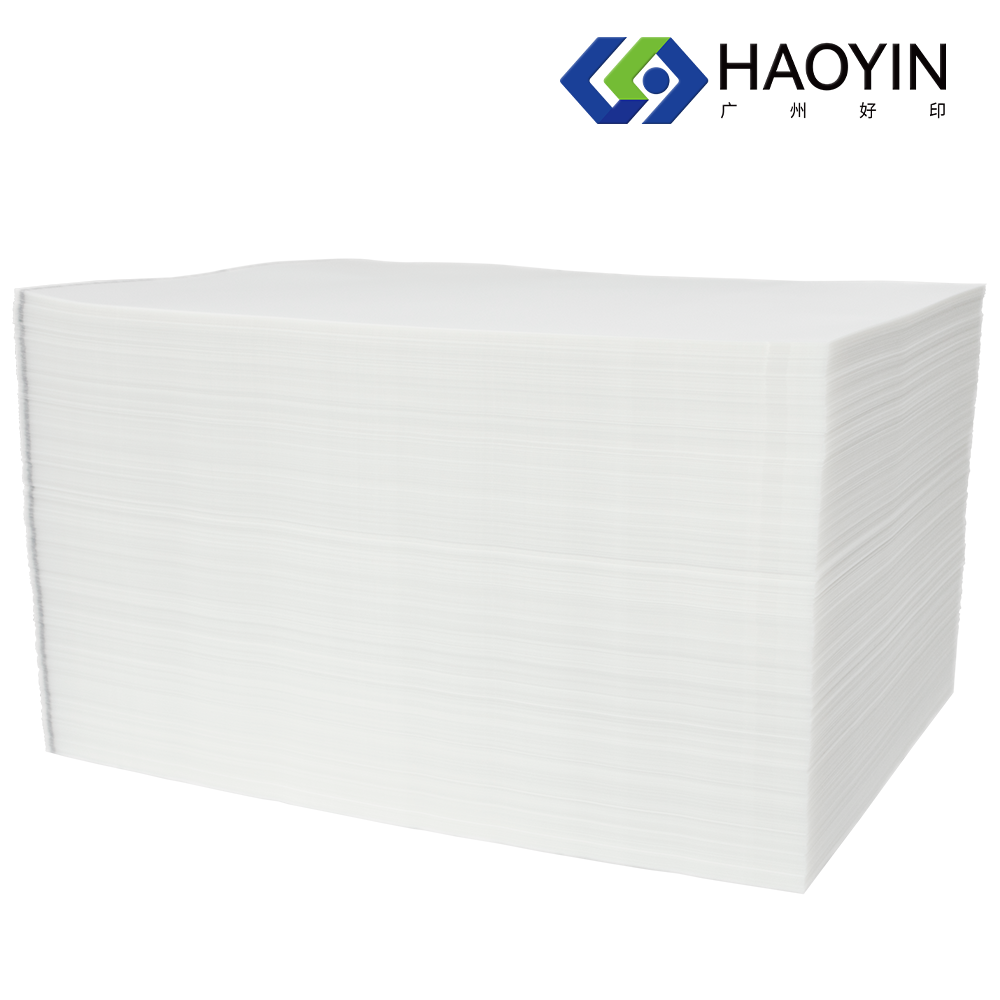
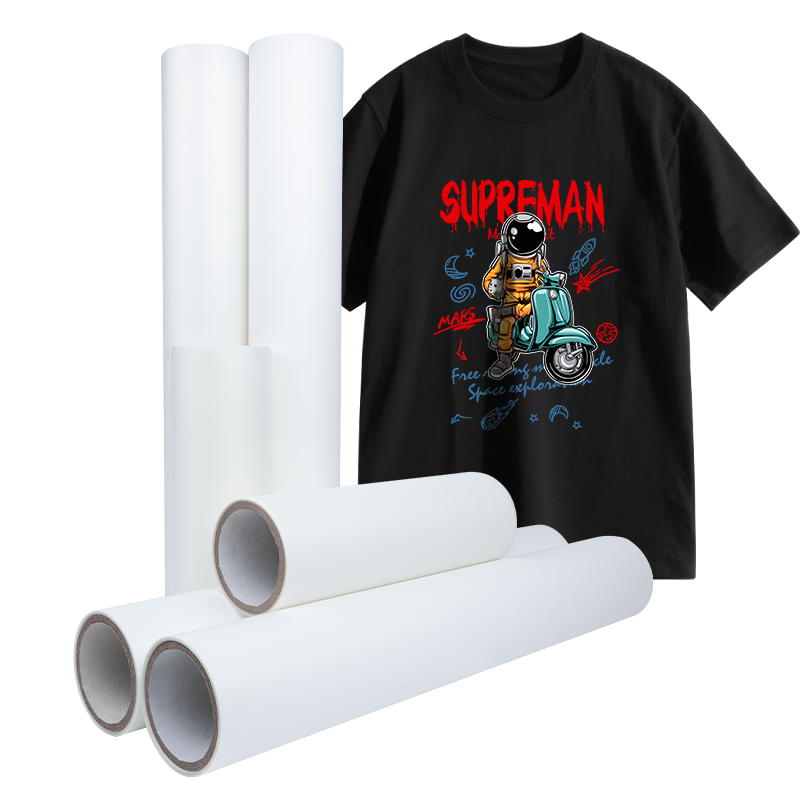
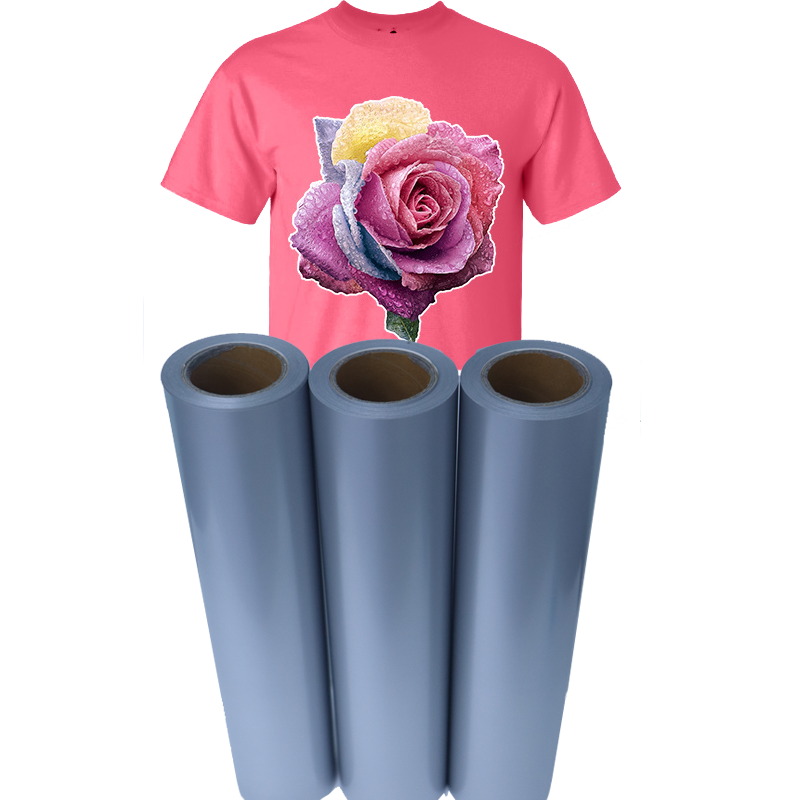
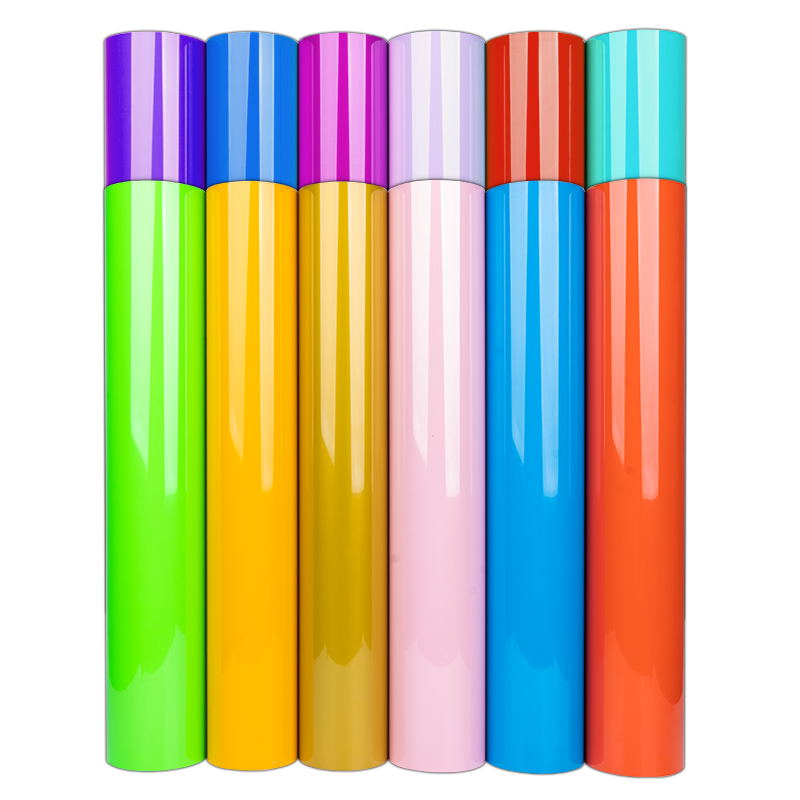
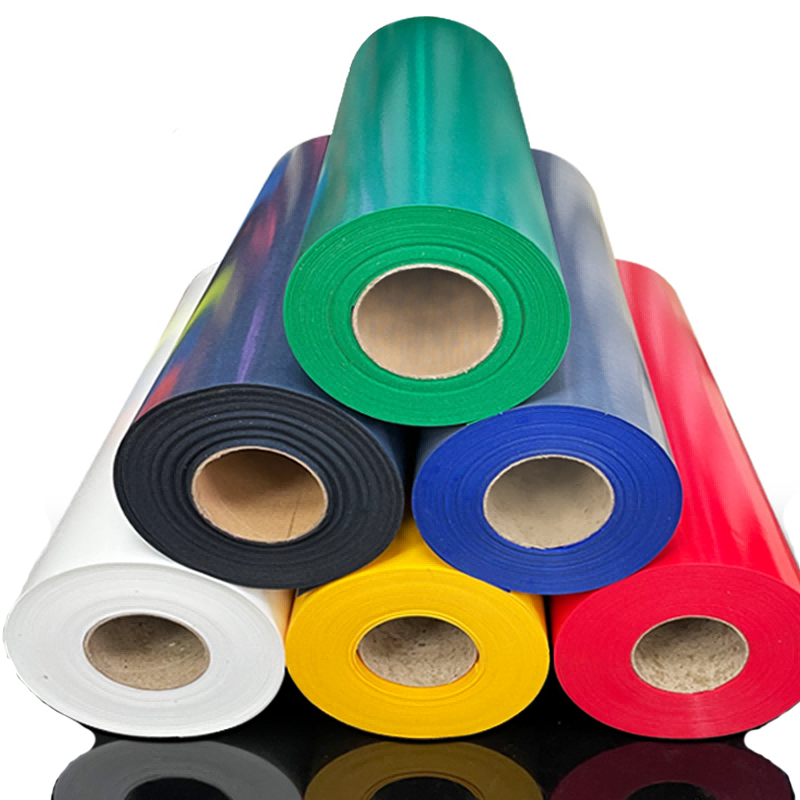
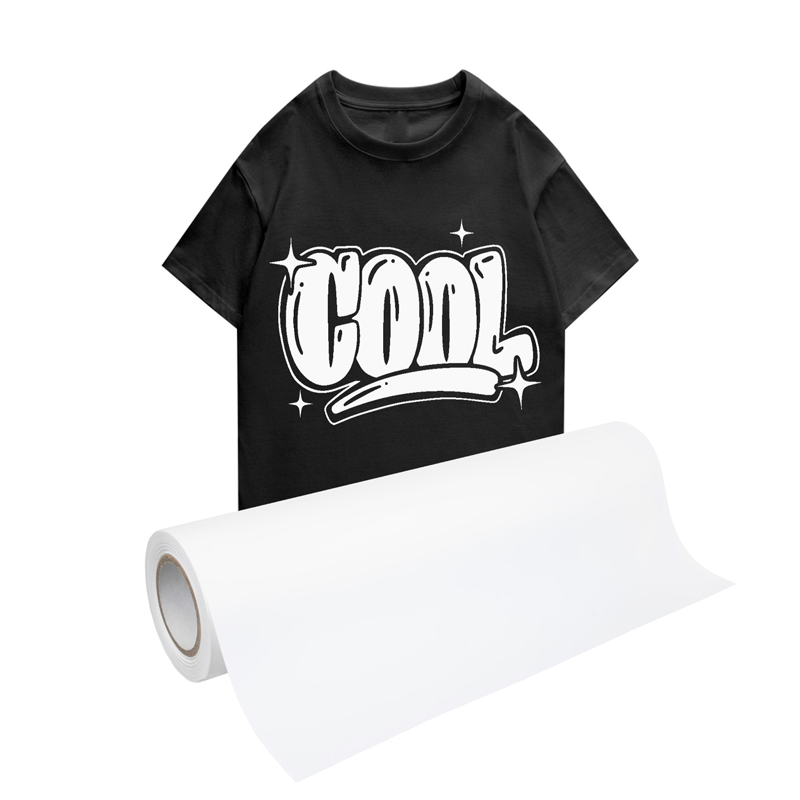
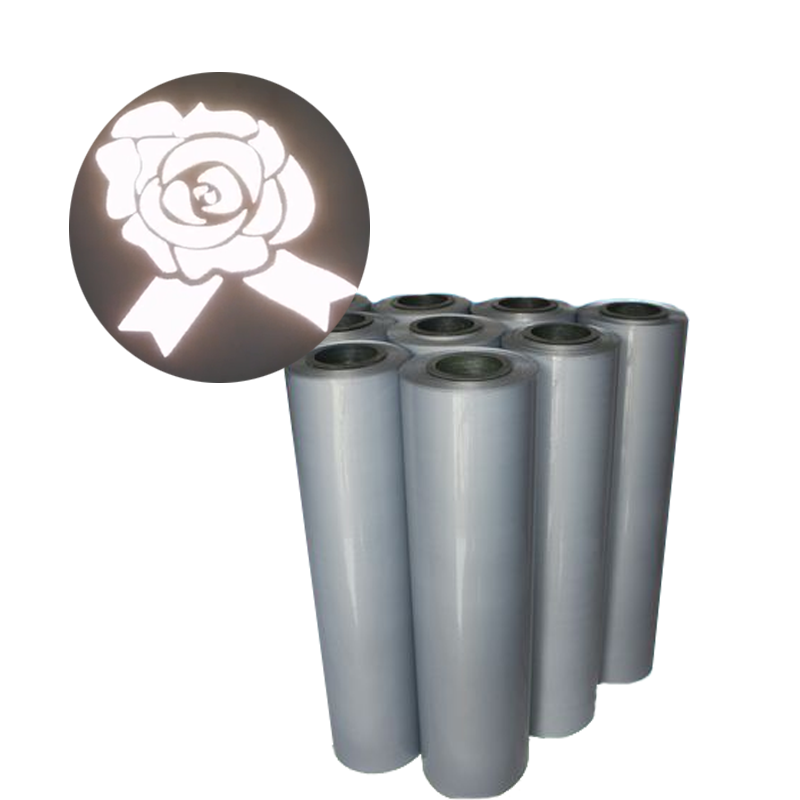
 Hot News
Hot News